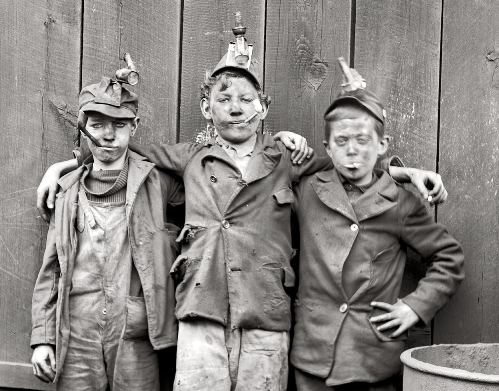LONDON (Reuters) – Apple is leading the way in tracing cobalt used in its electronics to ensure the metal has not been mined by children in Democratic Republic of Congo while Microsoft is lagging, Amnesty International said.
Microsoft disagreed with the pressure group’s conclusions published on Wednesday. Congo is by far the world’s biggest producer of cobalt, accounting for more than half of global supplies of the metal, a key ingredient in lithium-ion batteries.
Amnesty, however, says about a fifth of the country’s cobalt production is mined by hand by informal miners including children, often in dangerous conditions. Cobalt has shot to prominence in recent months and its price skyrocketed due to expected growth in demand for electric vehicles powered by lithium-ion batteries.
























